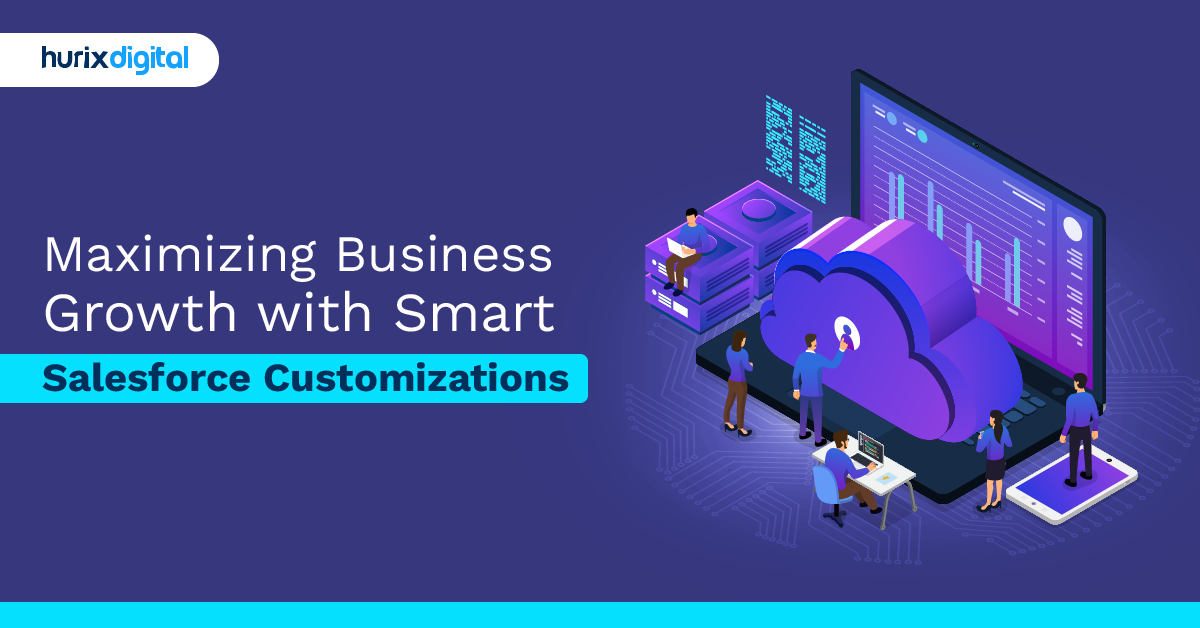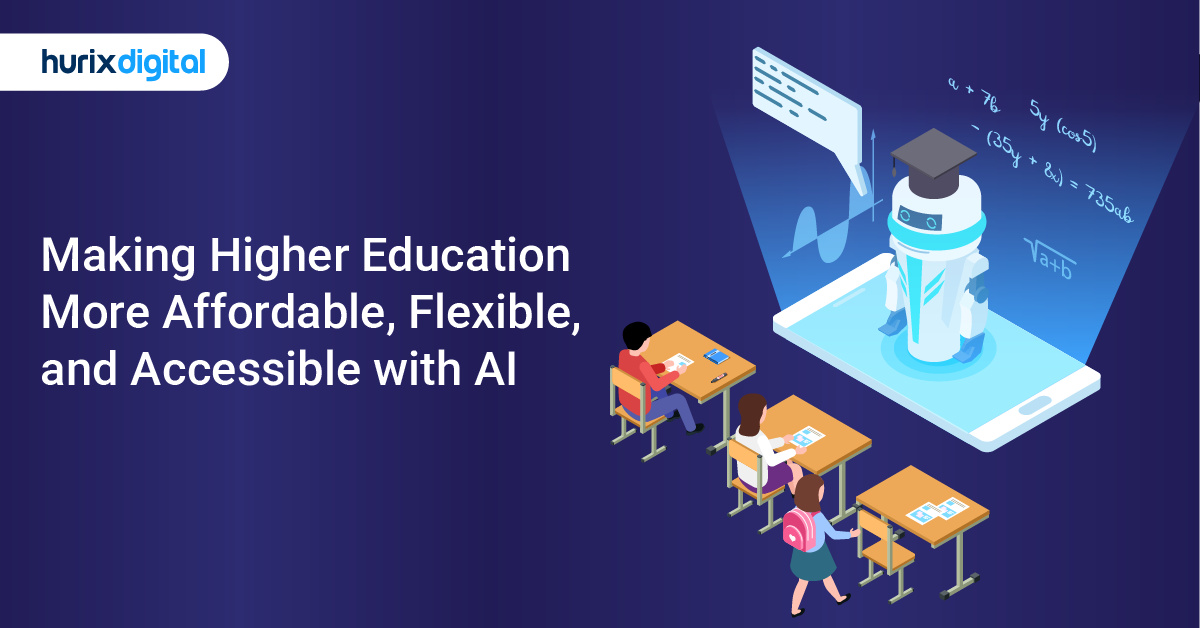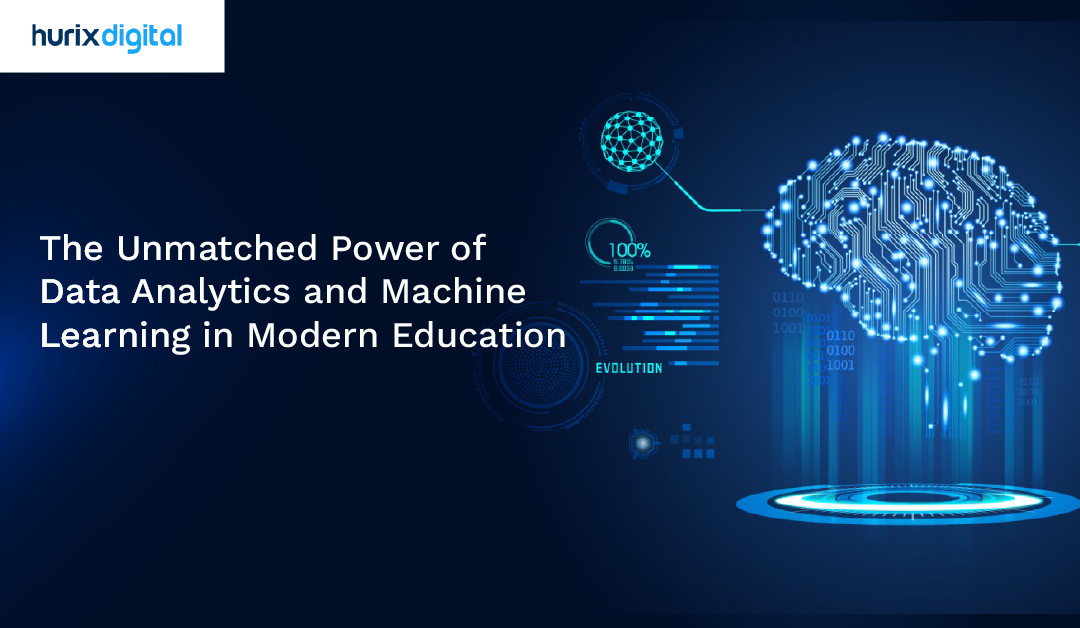
The Unmatched Power of Data Analytics and Machine Learning in Modern Education
Summarize with:
Today, higher educational institutions are facing unique challenges due to several factors. With student populations declining, the enrollment rate is expected to fall. For instance, the college-level learner population in the USA is likely to fall by 15% between 2025 and 2029. Simultaneously, students aspire for superior skill-building and learning via mobile-first programs that deliver differentiated value. Early investments in the combined power of data analytics and machine learning can help forward-thinking higher educational institutions improve the quality of education and drive enrollments.
In this blog, we deconstruct how educators can effectively leverage these technologies to stay competitive and relevant to prospective students.
Table of Contents:
- Data Analytics and Machine Learning, Simplified!
- Why Implement Data Analytics as a Service in Higher Education?
- Implementation of Data Analysis in Higher Education
- 7 Ways to Leverage Data Analytics and ML in Education
- Benefits of Data Analytics in EdTech
- The Future of Data Analytics in EdTech
- The Bottom Line
Data Analytics and Machine Learning, Simplified!
Data analytics is a structured process that has helped organizations adopt a data-driven culture. However, the traditional approach uses historical data to offer insights into learner engagement and other key metrics.
On the other hand, when machine learning (ML), a branch of Artificial Learning (AI), is used in the data analytics process, institutes can completely overhaul their approach. They can forecast learners’ performance, elevate the learning process, and boost student outcomes.
Chief information officers can play a pivotal role in guiding educational institutions through this transformative journey. By strategically integrating data analytics and machine learning, CIOs can lead initiatives that enhance student engagement, optimize operational efficiencies, and personalize learning experiences.
These technologies empower institutions to predict student needs, streamline administrative processes like enrollment, and tailor educational content to individual learning styles.

Why Implement Data Analytics as a Service in Higher Education?
Exploring big data and data analytics in greater detail reveals innumerable opportunities to improve the higher education experience. Here are some benefits of harnessing data analytics as a service in higher education:
1. Data-Driven Enrollment Strategies and Improved Yield Rates
Higher education analytics empowers universities to make accurate and informed enrollment decisions. By analyzing various data points, including demographics, interests, and website activity, institutions can predict prospective students’ enrollment likelihood.
This allows for targeted outreach and recruitment efforts, focusing on segments with a higher “affinity score” towards the university. Additionally, analyzing high school and admission data can inform the development of predictive enrollment models. These models help identify potential applicants most likely to succeed and complete the application process.
Beyond attracting the right students, big data and analytics provide valuable insights into student behavior and performance. Examining course completion rates and performance metrics across different programs can highlight areas for improvement. It allows universities to adapt their curriculum or teaching methods to better cater to student needs and ensure program success.
Additionally, to maximize yield rates, tailored enrollment and retention strategies are developed with the use of demographic data. Universities may customize their outreach initiatives to appeal to particular populations and address any issues by knowing the features of their student body. Additionally, data analysis can be utilized to evaluate the efficacy of different student support programs, enabling ongoing enhancement and maximizing student achievement.
2. Promoting Student Success through Early Intervention and Personalized Learning
Utilizing data analytics as a service greatly aids academic success and student retention. Academic institutions can proactively pinpoint students facing challenges by examining student performance, participation, and demographics. It enables the provision of targeted support services, such as academic guidance, professional coaching, or tutoring at the beginning, to prevent issues from escalating and causing potential dropout.
Based on student data, predictive algorithms can identify pupils who may struggle academically. With access to this information, academic institutions can tailor interventions to meet individual requirements. This proactive approach promotes academic performance while exhibiting a concern for students’ well-being outside the classroom.
Additionally, instructors can customize the learning process using education analytics. By using data analysis to identify students’ strengths, limitations, and learning styles, teachers can modify their pedagogy and suggest pertinent materials. Each student’s learning experience is optimized, consequently leading to better academic results and creating a more involved student body.
3. Optimizing Curriculum and Course Offerings for Student Success
By using data analytics to inform their course offerings, universities can better meet their students’ requirements and the industry’s demands. Institutions can determine popular courses and areas of strong student interest by examining enrolment trends, demographics, and course reviews. With this intelligence, they may allocate resources more effectively and prioritize courses that most impact student achievement.
Furthermore, data analysis unveils opportunities to refine existing courses or programs. Universities can detect weaknesses in curriculum design or teaching methods by identifying areas where student engagement or performance dips. This data-driven insight allows for targeted course redesign efforts, ensuring the learning experience caters effectively to student needs.
Analyzing data allows institutions to evaluate the effectiveness of their curriculum as a whole. Universities can modify the program structure, learning objectives, and course material by analyzing student performance data. This ensures that the curriculum is up-to-date with recent advancements in business and prepares students for success in their chosen fields of study.
4. Optimizing Institutional Performance and Resource Allocation
With the help of data analytics, universities can make decisions based on data and improve overall institutional performance. They can strategically deploy resources to optimize their impact by examining trends in financial allocations, enrollment patterns, and student outcomes studies. As a result, funding and resources may be allocated to projects that genuinely increase student success to enable wise planning and prioritizing.
Beyond resource allocation, data analysis sheds light on teaching effectiveness. Analyzing information on student involvement, achievements, and contentment allows universities to pinpoint areas where teachers could use professional growth opportunities. This focused strategy enables educators to improve their teaching techniques by utilizing data-driven information.
Additionally, research universities can enhance faculty efficiency by utilizing data analytics. It provides them with the necessary tools to collect, analyze, and assess information accurately to make informed choices regarding recruiting faculty, organizing courses, designing curriculum, and offering student support services.
Moreover, data can assist scholars and students in visualizing research areas, identifying upcoming patterns, and discovering fresh research prospects, all of which enhance the vibrancy of research settings.
Ultimately, data analytics plays a vital role in data-driven organizational decision-making. Universities can periodically track and evaluate their effectiveness by analyzing key performance indicators (KPIs). As a result, the institution may continue to improve by making strategic decisions based on data insights, guaranteeing its full potential.
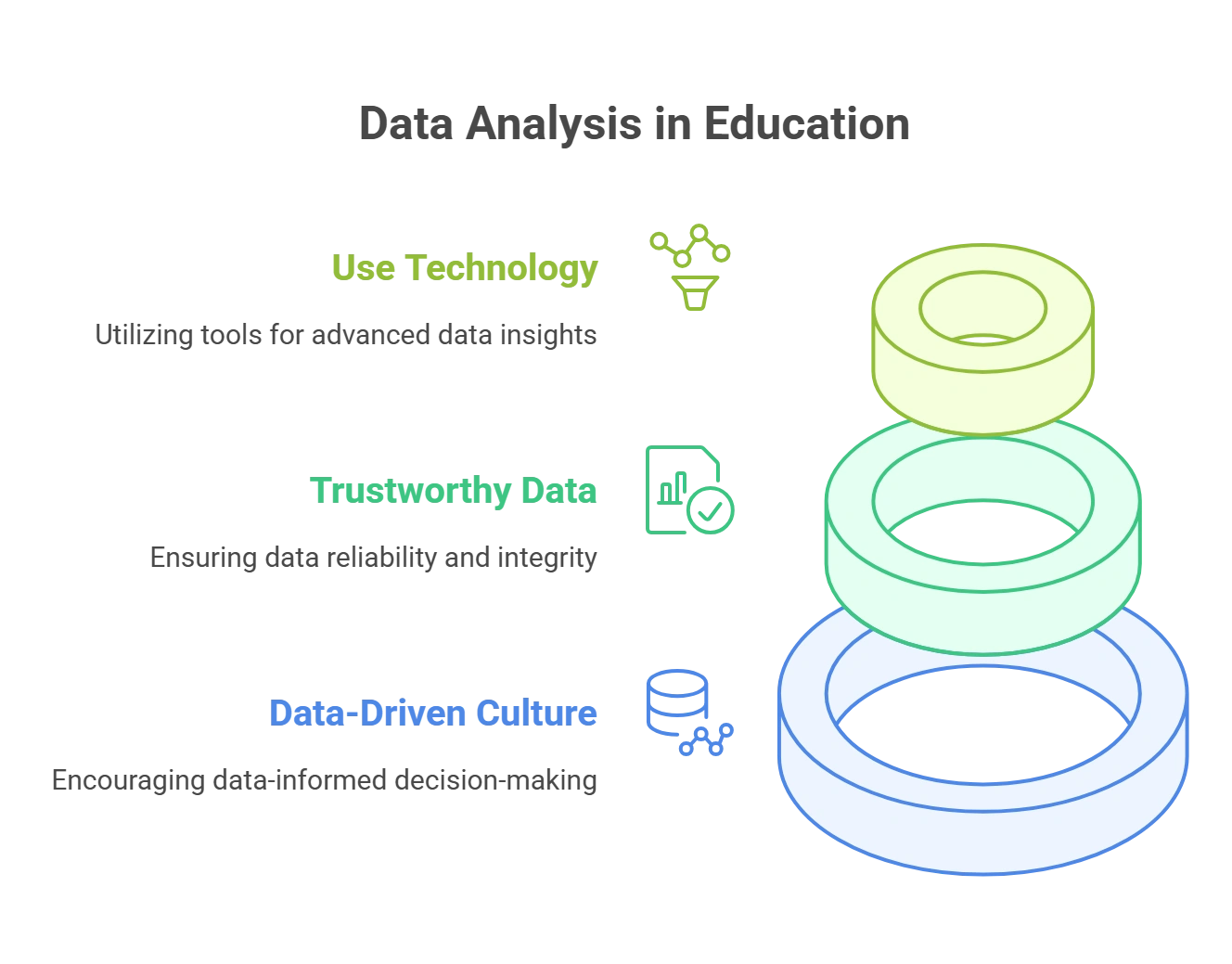
Implementation of Data Analysis in Higher Education
Higher education institutions need a strategic approach to implementing data analytics to transform the student journey through data-powered insights.
1. Cultivating a Data-Driven Culture
Universities need to create a data-focused atmosphere to leverage the advantages of data analytics in academia fully. This requires a two-pronged approach: gaining approval from leadership and providing necessary skills to faculty and staff.
- Leadership Commitment: Academic administrators are vital in promoting the application of data analytics. They create the conditions for data-driven decision-making to become deeply embedded in the institutional culture by actively advocating for its advantages and providing the required funding.
- Data Literacy Development: Investing in training and professional development enables faculty and staff to acquire essential data analytics skills for effective use. The key objectives of these programs should be to educate participants on how to utilize data analytics tools and understand data-driven insights.
2. Building Trustworthy Data Foundations
Data accuracy and student confidentiality are top priorities in every data analysis project. For data-driven decisions to be valuable, the data itself must be precise, trustworthy, and thorough.
- Data Governance: Institutions should establish robust frameworks and protocols to maintain data quality. Regular audits and validation processes further ensure the integrity of the data collected.
- Privacy Protection: Strict adherence to data protection regulations is essential. Techniques like anonymization and data aggregation can help protect student identities. Additionally, clear policies and procedures regarding data privacy and consent should be communicated effectively to address concerns.
3. Leveraging Technology for Enhanced Analytics
Technology makes effective data analytics in higher education possible. A range of tools is available to make data analysis and visualization easier. Institutions can effectively analyze and present complicated data sets by utilizing learning analytics platforms, statistical analysis software, and user-friendly data visualization software.
ML and AI algorithms provide strong data analysis skills. These algorithms can analyze massive datasets, offer insightful results, enable predictive modeling, suggest tailored interventions, and automate data processing chores—all of which can improve student success initiatives.
However, the path to successful data implementation is not without its challenges. Data accessibility and quality can differ significantly across institutions. Isolated, erratic, or challenging-to-understand data may occasionally hamper effective decision-making. Thankfully, improvements in digital technology provide answers.
Universities may use these tools to turn their data into a potent predictive resource that can guide strategic planning, maximize operational effectiveness, and eventually spur enrollment growth.
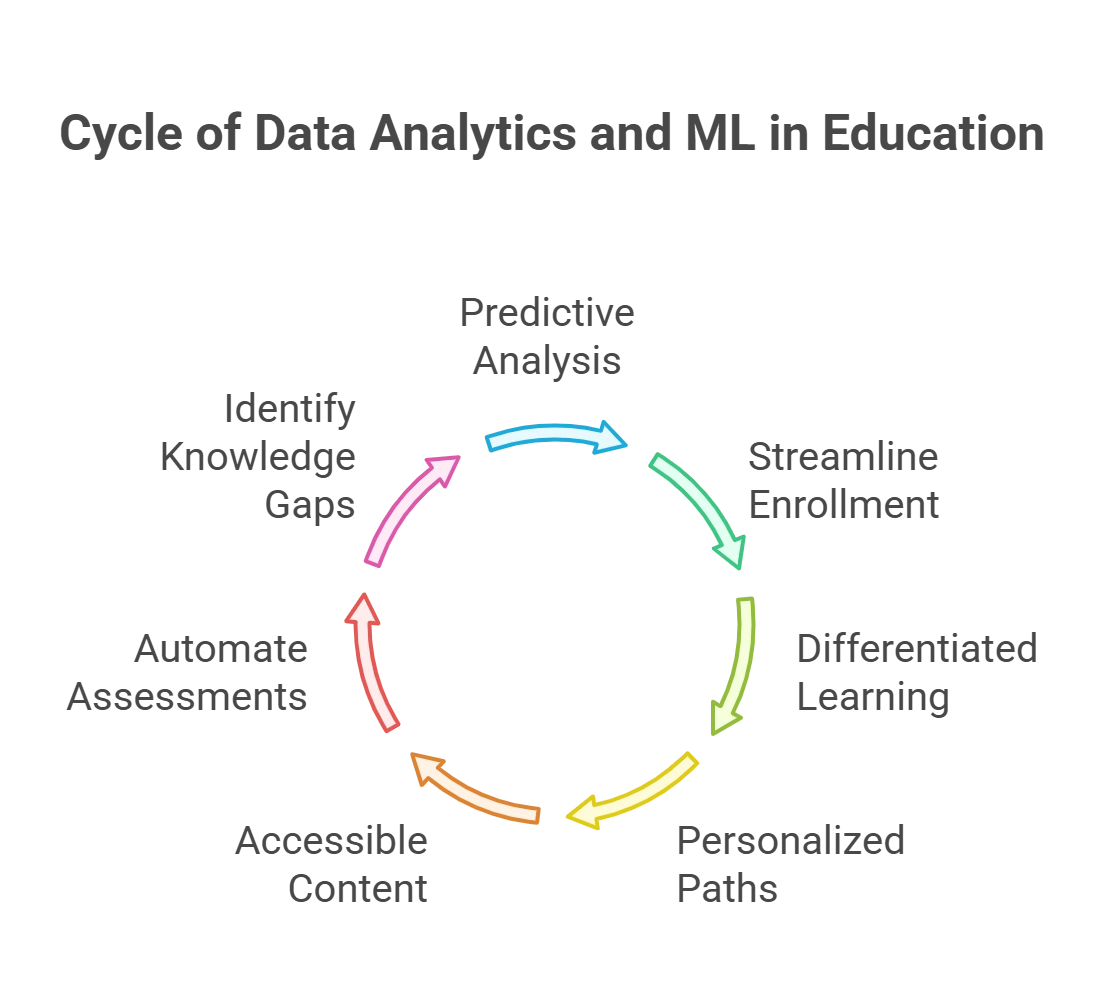
7 Ways to Leverage Data Analytics and ML in Education
Contemporary educational institutes are shifting from using legacy Learning Management Systems (LMS) to automated, AI-powered software. By doing so, they can leverage the benefits of technologies like ML, automation, and cloud computing, which harness the value of big data analytics in higher education.
Here’s a snapshot of how institutions are using data analytics and machine learning to their advantage:
1. Leverage the Power of Predictive Analysis
An AI-powered LMS comes equipped with built-in predictive data analytics, which allows educational institutions to forecast future trends, behaviors, and outcomes.
The software automatically analyzes and interprets historical data, such as student grades and engagement rates, using a wide range of ML algorithms. Institutes are using this wealth of data insights to make strategic, data-driven decisions.
2. Streamline the Enrollment Process
Universities typically enroll students with the highest scores. However, this process may not have the best Return on Investment (ROI); these students may leave for better universities or drop out due to inconsistent performance.
By processing a mix of student data, from grades and attendance records to performance in extracurricular activities, universities are more likely to select learners best suited to the institute’s culture and legacy.
Studies show that by using data analytics and ML, institutes can analyze over 150 attributes of student data collected over multiple years. This approach helps them design a data-driven admissions process with higher conversion and retention levels.
3. Deliver Differentiated Learning Programs
The use of machine learning in data analysis is helping institutes design and deliver more relevant and engaging programs.
They can identify areas where programs can be strengthened and aligned with contemporary student career aspirations. Today, institutions can completely automate the creation, publishing, and distribution of byte-sized, on-demand multimedia learning resources using an ML-powered LMS.
4. Craft Personalized Learning Paths
Today, a growing number of institutions are crafting personalized learning paths for students. Rather than offering standardized programs, lessons are tailored to their specific needs.
The entire personalization process is automated. Benefits for students include quicker absorption and longer retention of concepts, enhanced learner engagement, flexibility and autonomy, and more emphasis on weak areas.
5. Make Content Accessible
Combining data analytics and machine learning enables institutes to offer inclusive programs that appeal to a wider demographic of learners.
Content and communication can be made accessible for students with diverse learning needs, including visual and hearing challenges, learning difficulties, and cognitive limitations. For instance, the use of chatbots, speech recognition, automated subtitles, text-to-speech capabilities, and vice versa is growing.
6. Automate Online Assessments
The use of machine learning in data analysis is helping institutions overhaul their online testing framework.
Assessments can be digitized, personalized, and conducted regularly based on student data to test concept mastery. A combination of automation, data-centricity, and the use of ML enables instant grading and feedback for learning. Learners receive in-depth reports and recommendations for improvements.
7. Identify and Fill in Knowledge Gaps
Big data analytics in higher education empowers colleges to process large volumes of data quickly and efficiently. The data helps educators accurately identify major learning gaps. In turn, they can introduce coaching, learning resources, and additional support to drive better learning outcomes in these areas.
On this note, chief information officers can significantly drive the integration of these advancements into educational frameworks.
Benefits of Data Analytics in EdTech
Data analytics in EdTech offers major benefits across various fronts:
- Improved Student Involvement and Performance: By personalizing learning experiences, predictive analytics, finding at-risk students, and real-time data analysis, EdTech companies can improve student involvement and drive better academic results. For example, Udemy uses AI data analytics to improve learning results by measuring student involvement.
- Enhanced Teaching Methods and Curriculum Development: Data analytics guides teaching methods, boosts curriculum design, and offers advanced data visualization to help educators understand complicated trends. Lumen Learning gathers data on individual learning needs to provide tailored help.
- Streamlined Administrative Processes: Data analytics predicts registration trends, improves resource allocation, and simplifies data reporting, lowering costs and improving operating efficiency. Moodle synthesizes data from different sources to improve user self-administration.
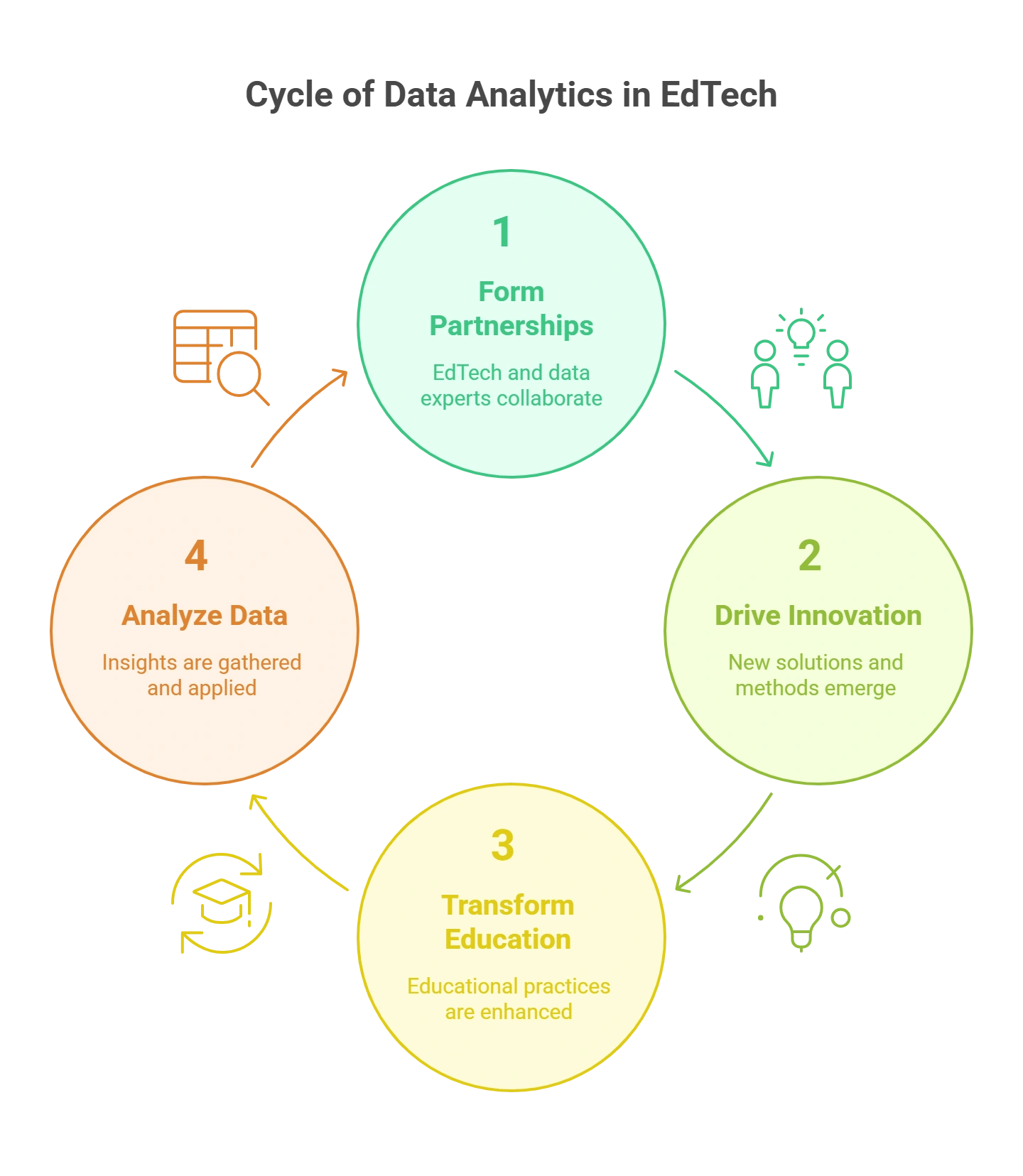
The Future of Data Analytics in EdTech
Let’s have a look at the future of data analytics in education:
1. Partnerships Between EdTech and Data Analytics Experts
Collaboration between EdTech-based data analytics companies and data analytics experts will continue to unlock the full potential of data-driven solutions. This mix will speed creativity and ensure that educational tools are both cutting-edge and pedagogically sound.
2. Continued Innovation and Transformation
Data analytics will continue to drive growth in the EdTech business, changing the future of education through data-driven results. As AI and machine learning technologies improve, data analytics will be vital in improving educational results, enhancing business efficiency, and personalizing learning experiences.
The Bottom Line
Essentially, data analytics in education expresses a dedication to making evidence-based decisions. By carefully examining data sets, universities can spot trends, patterns, and potential obstacles that could hinder students’ success.
With this information at their disposal, educational institutions may design proactive plans, carry out focused interventions, and eventually create an atmosphere that encourages each student to succeed academically and personally. Institutions must prioritize a robust data management and data analytics strategy to reap the full benefits of data analytics in higher education.
At Hurix Digital, we leverage advanced learning analytics and optimize your educational programs for measurable student success. We offer a comprehensive suite of learning analytics solutions designed to provide educational institutions with actionable insights to achieve institutional excellence.
Contact us to explore our services and discover how we can transform your approach to education.
Summarize with:

Senior Vice President
A Business Development professional with >20 years of experience with strong capability to sell new solutions and develop new markets from scratch. New Market Entry Specialist with experience working in the largest emerging markets. Exceptional experience in conceptualizing, ideating and selling new learning technologies like VR AR, etc. across multiple industry verticals.
 A Space for Thoughtful
A Space for Thoughtful 

